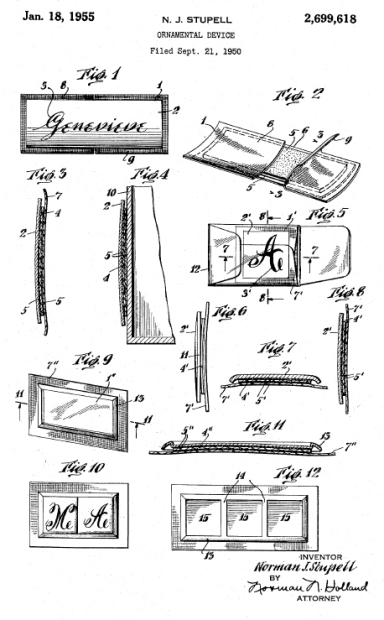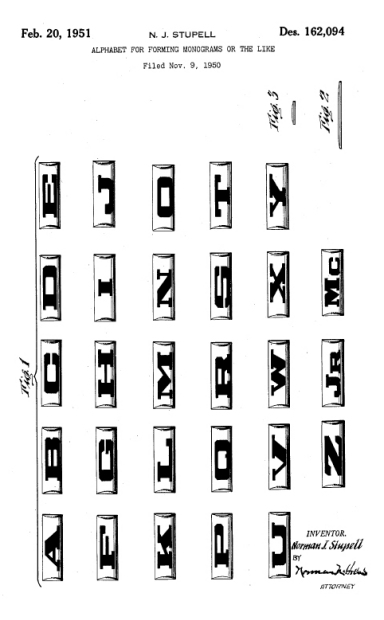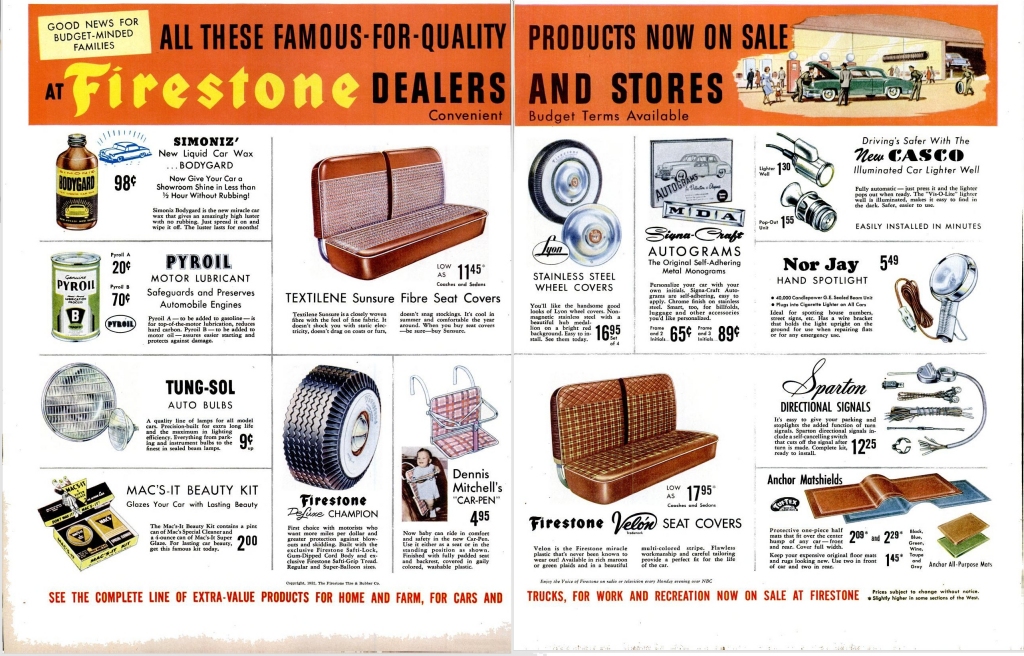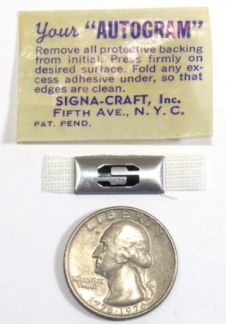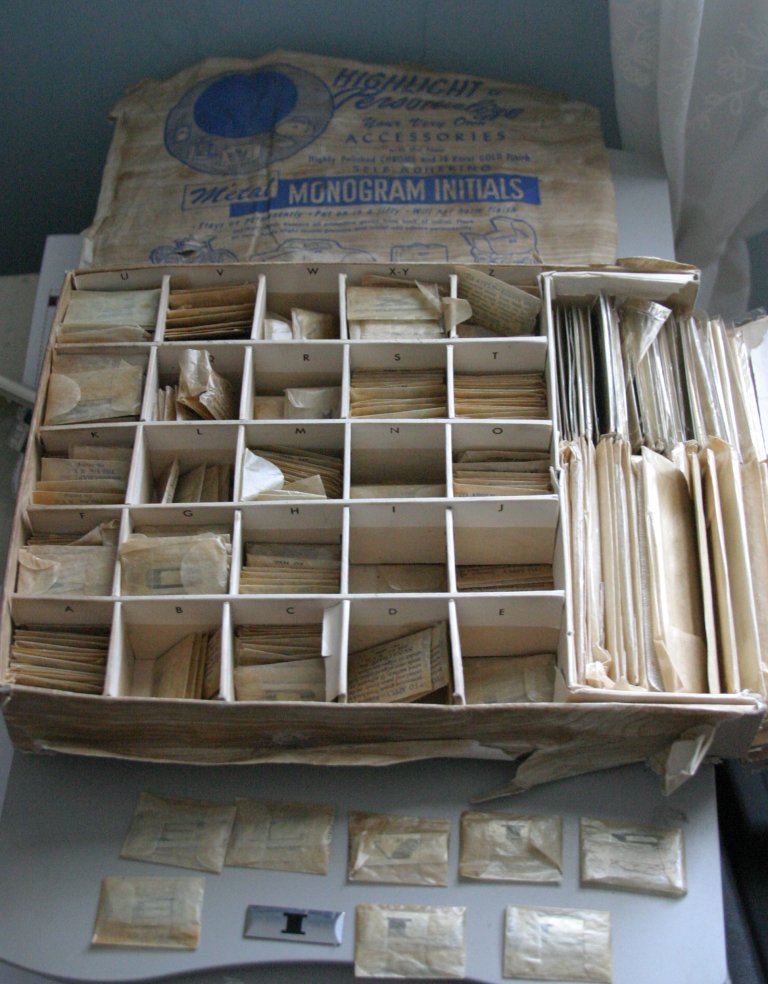 |
Signa-Craft Metal Monogram
Initials
Elvis personalized his first two Martin guitars (000-18 and D18), as did Bill with his Kay bass, with monogram letters spelling their names. Sid Lapworth said he used to sell them at O.K. Houck's in Memphis and would also give them out free to people buying guitars and other instruments, usually in a choice of those or extra strings. He said people often applied them to the cases instead of the instruments themselves.
They were a common item at the time, supplied to music stores by the David Wexler Company in Chicago but in reality they were far from exclusive to that industry. The letters were first offered as early as June 1950.1 They were designed and manufactured in New York City by Norman J. Stupell and the Signa-Craft company on 5th Avenue with the auto industry, luggage and other items in mind. The letters, or “Autograms” as they were called, were unique in that they were probably the first of their kind to be self-adhesive.
Norman was a graduate of St. John’s University and went to work for Signa-Craft, Inc. in 1937. Signa-Craft was a manufacturer of automotive accessories, like model specific signet keys, key chains and creative metal specialties for advertising campaigns. Within a decade he became the company’s president.2
Recognizing the market potential for a form of monogram personalization that was quick to apply and did not require the use of rivets or messy glues or adhesives and could be done personally by nonprofessionals, Norman developed these and then applied for a patent for the monograms in September of 1950. The concept was that the devices would contain a thin like fabric with an adhesive on the backside and a thin protective gauze that could be peeled away for application. The following November he patented the font for the alphabet used on the monograms.
The monograms themselves were offered in two sizes, ½” by 1 ½”, as offered by Houck’s and used by Elvis and Bill, and also a smaller version at 5/16” by ¾” in either chrome or 18kt gold plated stainless steel. They could be applied directly in any combination or in groups of two or three on small self-adhering frames designed for such.
In 1954 Norman patented similar monograms applied to decorative plates in the form of keys and by the late 1950s Signa-Craft was merged into the Cole National Corporation (of key manufacturing fame) and Norman became a vice president, leaving in 1961 to start Stupell Industries, Inc.2 One of his last patents, applied for with his father Leo in 1961, was for a magnetic key holder. It was granted after Norman’s death in 1963 at the age of 42.
Stupell Industries, still a family business, today is located in Johnston, Rhode Island and owned and operated by Norman’s son Robert and grandson Todd. Though no longer making or involved with the Autograms, the company provides “quality wall art and decorative accessories to a wide range of customers.”3
Interestingly enough, Signa-Craft at some point changed the font type face of some of the letters, in actuality they reversed the weighted portion of several of the characters. It is noticeable in the 'V' especially used on Elvis' 000-18 which is mirrored when compared to the one used on his D-18.
page added May 14, 2015 1 according to Billboard Magazine June
24, 1950
|
|
All photos on this page unless otherwise indicated are the property of any parties indicated and unauthorized use or reproduction is prohibited. |


